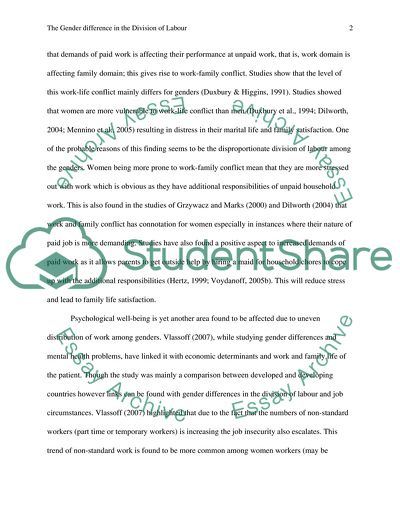Cite this document
(“The Gender Difference in the Division of Labour Essay”, n.d.)
The Gender Difference in the Division of Labour Essay. Retrieved from https://studentshare.org/sociology/1636861-the-gender-difference-in-the-division-of-labour
The Gender Difference in the Division of Labour Essay. Retrieved from https://studentshare.org/sociology/1636861-the-gender-difference-in-the-division-of-labour
(The Gender Difference in the Division of Labour Essay)
The Gender Difference in the Division of Labour Essay. https://studentshare.org/sociology/1636861-the-gender-difference-in-the-division-of-labour.
The Gender Difference in the Division of Labour Essay. https://studentshare.org/sociology/1636861-the-gender-difference-in-the-division-of-labour.
“The Gender Difference in the Division of Labour Essay”, n.d. https://studentshare.org/sociology/1636861-the-gender-difference-in-the-division-of-labour.


